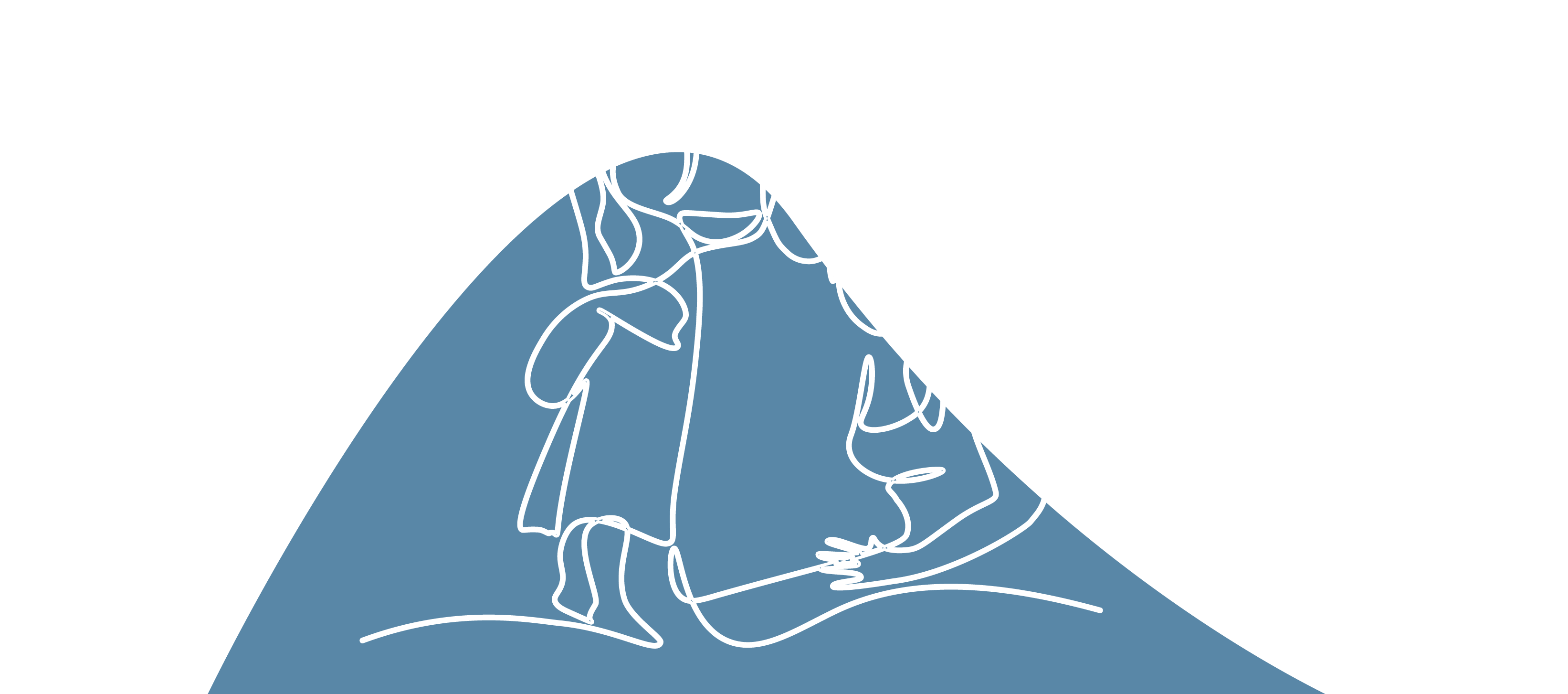- Home
- Child Safe Organisations
- Child Safe Standards
- ...
- Universal Principle and cultural safety
Queensland's new child safeguarding law introducing Child Safe Standards commenced from 1 October 2025. Find out when you need to comply.
When implementing the Child Safe Standards, businesses and organisations also need to create environments that promote and uphold the right to cultural safety for Aboriginal and Torres Strait Islander children. This is known in the legislation as the Universal Principle – but what does it mean and how can you apply it?
What is the Universal Principle?
The Universal Principle is about creating environments that make Aboriginal and Torres Strait Islander children feel culturally safe, which broadly means welcome, safe, valued, included and respected.
In culturally safe organisations:
- Aboriginal and Torres Strait Islander peoples define cultural safety and how it is measured
- workers develop the knowledge, skills and attitudes to recognise and address biases and stereotypes, and
- systems are transformed so they work better for Aboriginal and Torres Strait Islander peoples.
What young people said
The phrase cultural safety goes beyond awareness and sensitivity. To me, it means enriching cultural respect, values and understanding in an environment. It is beyond just tolerating, but it is celebrating and embracing. It goes beyond representation. To be culturally safe, I’d have no fear of judgement or discrimination. I know I’m culturally safe when my perspective and circumstances are reflected in policies, services and interactions.
— Nooria
Why is it important?
Children and young people have a right to practice culture. We know a strong connection to culture is a protective factor for Aboriginal and Torres Strait Islander children and a key way to ensure safety and wellbeing.
For an organisation to be child safe, it needs to be culturally safe.
What does it mean for organisations?
Businesses and organisations are responsible for enabling cultural safety, and you need to consider how you do this as you work through implementing each of the Child Safe Standards. There’s no one-size-fits all approach, but generally speaking, culturally safe environments have some things in common:
- Aboriginal and Torres Strait Islander peoples feel welcome, valued, safe, included and respected
- leaders incorporate cultural safety into daily operations
- people and policies prevent and address racism, discrimination, biases and stereotypes
- Aboriginal and Torres Strait Islander peoples inform and guide actions needed to deliver cultural safety, without being expected to carry the responsibility
- Aboriginal and Torres Strait Islander children are meaningfully involved in the decisions that affect them
- Aboriginal and Torres Strait Islander peoples define and measure cultural safety.
Actions you can take to build cultural safety in your organisation
Every business or organisation will be at a different stage of developing its attitudes, knowledge and capability in being culturally safe.
Start by reflecting on where you are and what you need to do to become culturally safe. You can:
- reflect on the cultural safety indicators in our guidelines and identify where you need to take action
- ask Aboriginal and Torres Strait Islander children and families who you work with about their views on cultural safety in your business or organisation
- action feedback you receive to strengthen cultural safety in your business or organisation
- ask your staff about what they need to strengthen their capability to create a culturally safe environment.
Further guidance
In addition to the information above, please find below some more specific resources that may give you guidance on how cultural safety works with the Standards. This is not an exhaustive list of the resources that are available but is a useful starting point.
- Watch this nine-minute video developed by the National Office of Child Safety which explores cultural safety within each of the 10 Child Safe Standards. You can use this for staff and volunteer training.
- Keeping Our Kids Safe – Cultural Safety and the National Principles for Child Safe Organisations guide has been produced by Secretariat National Aboriginal and Islander Child Care (SNAICC) offering practical advice on cultural safety in relation to the 10 principles.
- There is also a video: Keeping Our Kids Safe: Understanding Cultural Safety in Child Safe Organisations.
- The Victorian Commission for Children and Young People have developed material to assist organisations to learn more about cultural safety and how to create culturally safe environments and has more information that may assist you.
Last updated
1 October 2025


